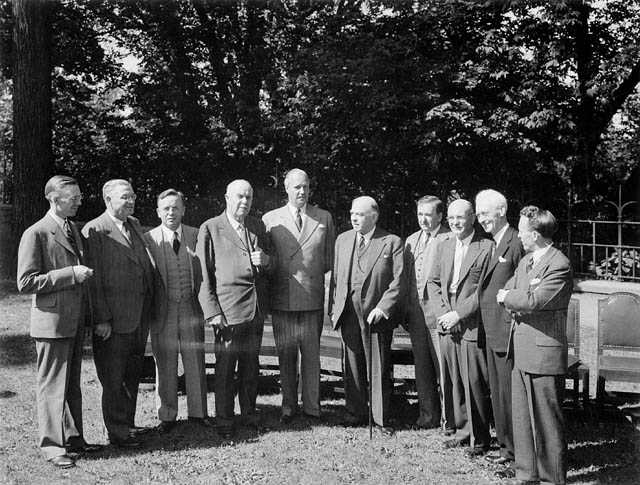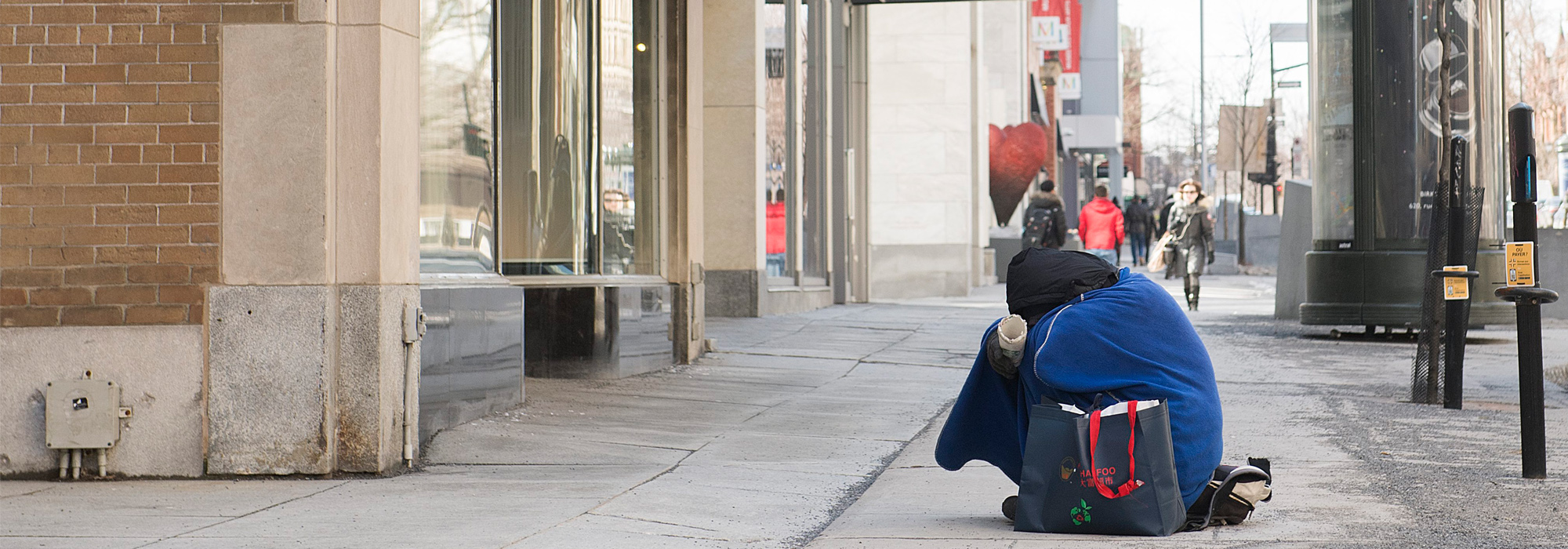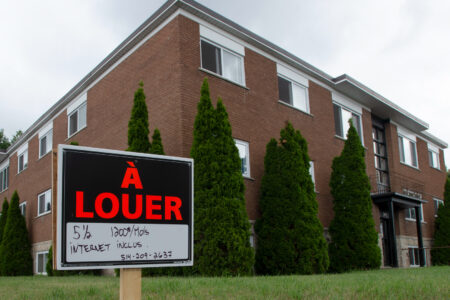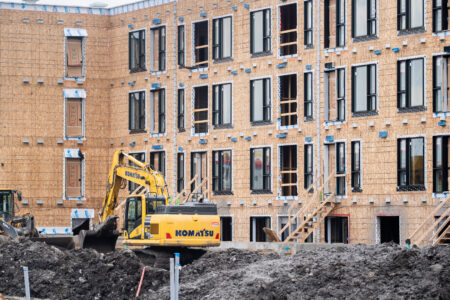
T
he COVID-19 pandemic first looked like a repeat of the 2008 global financial crisis, given the market turmoil as the crisis began. Now, however, with the lives of front-line workers and citizens threatened, government controls on freedom of movement, and mass mobilization of financial, health, and commercial resources to address the crisis, commentators rightly draw comparisons with mobilization for the Second World War. Does this suggest there may also be lessons from 80 years ago that apply today, particularly in building a decent and sustainable society?
One wartime precedent overlooked to date: planning for post-crisis economic and social reconstruction, something the Canadian government should do as soon as possible. Three dimensions of that wartime planning merit attention today.
The first was planning for post-war social programs. In 1942, the British government commissioned and published the iconic Beveridge Report that laid out both the rationale for not returning to the status quo ante social-policy model, and the architecture for new universal social programs. The Beveridge Report caught the attention of Canadians, and as part of its reconstruction planning, the Mackenzie King government commissioned a similar report by Leonard Marsh in 1943.

Both reports laid bare inadequacies with pre-war social models. For Beveridge, there were five ‘giants’ from the pre-war environment that stood in the way of an equitable re-construction: Want, Disease, Ignorance, Squalor, and Idleness. Today’s pandemic brings a high-definition focus on two such giants we face today: Vulnerability and Precarity.
The current crisis shows our vulnerability to changes in the environment. Our vulnerability to a new contagious virus is comparable to the threat of climate change, the result of increasing amounts of greenhouse gases in the atmosphere. We are also seeing how individual actions factor into global environmental trends. Just as we now accept that individual actions to self-isolate will help flatten the curve of virus transmission, we can also see more clearly how individual consumption patterns can help mitigate climate change. The lived experience of the pandemic has humanized the scientific accounts of the causes of climate change and clarified our role in fighting it.
We are also experiencing a wave of mass precarity, as the economy radically contracts. That precarity had been experienced by too many before the pandemic, in an era of growing inequality and precarious employment. With millions more now having first-hand experience of this, there is a new pool of empathy for those who lived it previously. This can also permit change post-crisis.
As Beveridge wrote, “when the war is abolishing landmarks of every kind, is the opportunity for using experience in a clear field. A revolutionary moment in the world’s history is a time for revolutions, not for patching.” For Marsh, “social security has become accepted as one of the things for which the peoples of the world are fighting.” Such statements apply equally to the effects of the pandemic and the sacrifices citizens are now making to fight it.
A second dimension of wartime reconstruction planning involved thinking about how the transition from the war economy to the post-war economy would be managed. The problem in Canada then revolved around the challenges of scaling back the large role of the state in the booming war economy, while re-integrating demobilized soldiers into training and employment as civilians. Now, the problem will be scaling back the large role of the state in keeping a paralyzed economy on life support before bringing it back to active life.
The scale and scope of pandemic measures deployed in Canada are still a work in progress. But it is certain that the economy, and the role of government in the economy, will be vastly different at the end of the pandemic. With the federal government having massively expanded roles as the guarantor of income security, source of fiscal and monetary stimulus, and creditor for (and likely shareholder of) some of Canada’s key industries, we need to ask ourselves: should we use some of these measures to address other problems?

As the Second World War came to a close, the Canadian government answered “yes” to that question. Government actions in wartime mobilization had validated Keynesian theory about the role government expenditures play in stimulating demand. The Government of Canada’s White Paper on Employment and Income published in the last months of the war described the economic effects of wartime fiscal policy, and proposed to “extend that practice into the postwar years and apply war experience to the problems of peace.” Canada will have the same option when deciding the future of actions taken during the pandemic concerning income security and economic stability.
The Trudeau government has made much of how it values expert advice. During the last election campaign, it promised to appoint a panel of experts to guide Canada towards achieving net-zero greenhouse gas emissions by 2050. With the onset of COVID-19, it has repeatedly signalled that Canada’s response would be guided by expert public health advice. It would be a step in this same direction to commission a new Marsh Report and White Paper to present options for the post-pandemic transition.
Most importantly, the third wartime precedent we should repeat is involving Parliament in reconstruction planning – especially as we have a minority government. The British and Canadian parliaments were in session during the Second World War, and the Beveridge and Marsh reports were the subject of parliamentary committee hearings. The post-war welfare state and Keynesian fiscal policy consensus, though informed by expert economic and social policy advice, were the products, not of a technocratic fiat, but of democratic politics.
The defining political question today is whether we return to a pre-pandemic ‘normality’ or build on what we have learned from the pandemic about what public policy could do to address the contemporary problems standing in the way of a decent and sustainable society. Parliamentary and public processes of deliberating on plans for post-pandemic reconstruction could mobilize the social capital created by the lived experience of environmental vulnerability and economic precarity so as to plan for much more ambitious policies on climate change and inequality. This debate has already started in the media and think-tanks. Surely the earliest possible restoration of an active, if virtual, House of Commons that could engage on this vital question should be seen as an essential service.
This article is part of the The Coronavirus Pandemic: Canada’s Response special feature.
Photo: A homeless man sits on a street in downtown Montreal, on March 18, 2020. THE CANADIAN PRESS/Graham Hughes.








